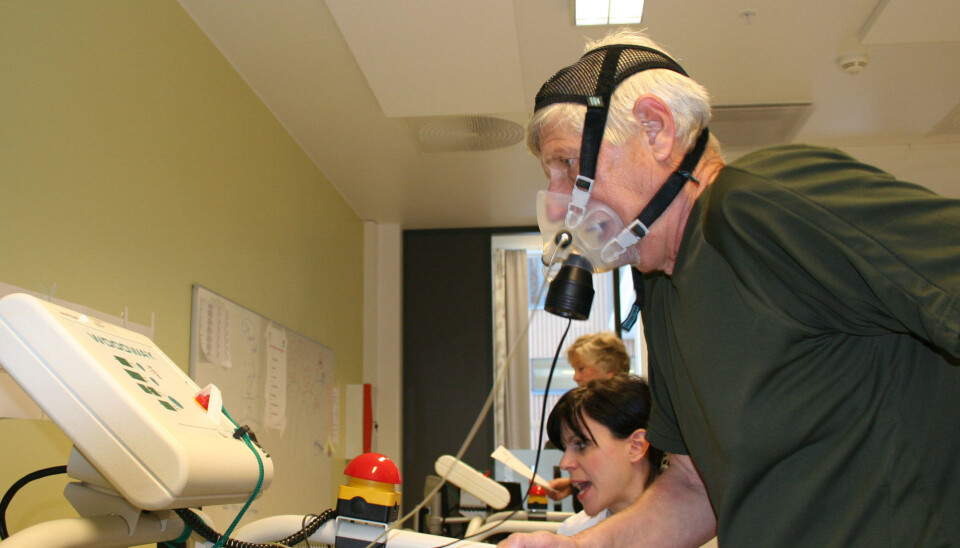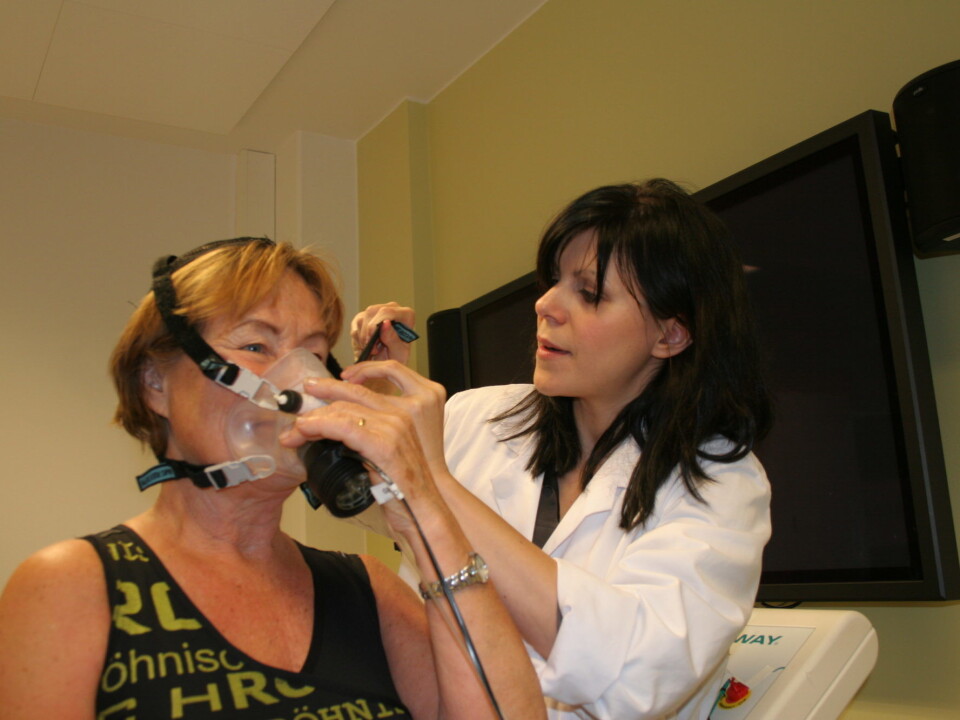An article from Norwegian SciTech News at NTNU

Does it matter how long you sit—if you are fit?
It may not be enough just to meet public health guidelines for physical activity if you want to stave off the negative effects of a sedentary lifestyle, especially if you are older.
More and more studies confirm that sitting is bad for our health. It increases the likelihood of developing cardiovascular disease and other lifestyle-related illnesses such as diabetes. Some studies have estimated that being sedentary kills as many people as smoking.
The average adult in the Western world sits between 9 and 11 hours a day, a number that only increases as we age. In fact, in a study in older adults just published in Mayo Clinic Proceedings, researchers from the Norwegian University of Science and Technology (NTNU) found that the least sedentary third of their study participants still spent between 12 and 13 hours in sedentary behavior, while the most sedentary of the elders in the study were sedentary for up to 15 hours a day.
But how does being fit affect the health risk associated with a sedentary lifestyle, especially in older adults, who are the most likely to be sedentary?
Western lifestyle
The NTNU researchers found that older women and men in the most sedentary group were correspondingly 83% and 63% more likely to have risk factors for cardiovascular disease compared to women and men who were least sedentary.

But when the researchers took fitness into account, they found that having high age-specific fitness (in this case, being among the fittest 40%) reduced the likelihood of having cardiovascular risks factors posed by extended time spent being sedentary. However, no such effect was found in those who were physically active without being fit.
“Our Western lifestyles necessarily involve a lot of sitting, and we spend more and more time sitting on average as we age,” said Silvana Sandbakk, first author of the study. “But our findings show that being fit plays an important part in successful ageing and may lend protection against the negative health effects of being sedentary.”
In search of healthy ageing
The NTNU research was conducted as a part of a larger study called Generation 100, a five-year-long randomized controlled clinical trial that began in 2012 to see whether exercise leads to longevity and more active and healthy years in the elderly. The study was started in part because Norway, like the rest of the Western world, is ageing. By 2050, 16 per cent of the world’s population will be 65 or older, compared to just 8 per cent today.
For the current study, Sandbakk and colleagues used baseline information collected when the Generation 100 project began and looked at a subset of participants who did not have known cardiovascular disease.
The researchers will follow this subset of study participants to see if improving fitness in the most sedentary individuals could prevent or delay lifestyle-related disease and prolong life.
High fitness is highly important
The researchers took accelerometer measurements over a week (as an objective measure of activity) for the 874 participants who were included in their study.
When they compared different levels of activity to fitness levels and cardiovascular risk factor clusters, they found that seniors who had the highest fitness levels, defined as the most fit 40 percent of the study group, had the lowest risk of having a cardiovascular risk factor cluster.
This held true even though the most fit participants were relatively sedentary, with between 12 and 13 hours per day on average of sedentary behavior.
A cardiovascular risk factor cluster was defined as the presence of three of five risk factors for cardiovascular disease, including elevated waist circumference; elevated blood triglycerides or reduced “good” cholesterol levels or being treated for these; elevated blood pressure or treatment for hypertension; and elevated fasting blood sugar levels (or being treated for diabetes). These symptoms combined are commonly referred to as metabolic syndrome.
Exercise is always good, even a little
What was most surprising, however, was that this finding held true even if the most fit elders in the study did not meet current recommendations for moderate to vigorous physical activity.
Conversely, meeting physical activity guidelines on its own did not seem to be enough to eliminate the cardiovascular risk associated with sedentary behavior if people didn’t have a certain level of cardiorespiratory fitness, the researchers found.
Nevertheless, there is little doubt about the benefits of regular physical activity, even in amounts below public recommendations, Sandbakk said.
“However, it seems that fitness makes a difference for this age group and while we wait for more evidence, some physical activity in elders that improves fitness will go a long way,” Sandbakk said.
































